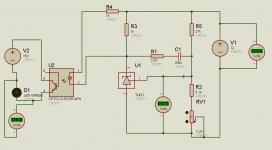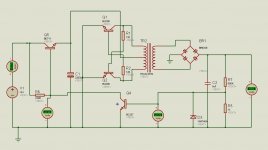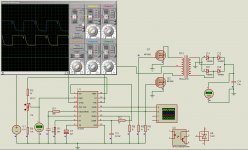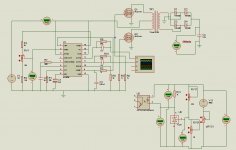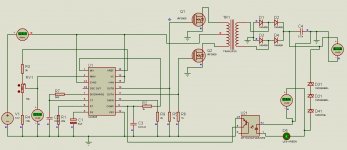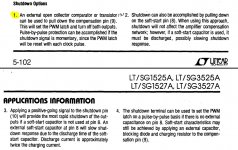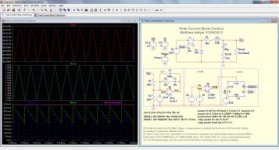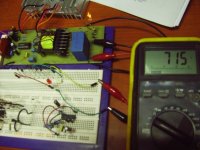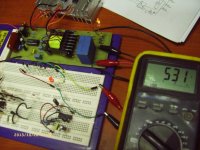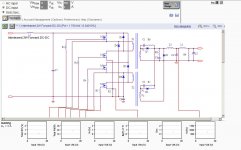Hi Guys.
I have been trolling the threads here on SMPS for a while, but as most SMPS are mains voltage to ±12v or so, or 12v to ±35v for car amps etc, I could not find answers relating to my questions.
I have built SMPS's based on SG3525 and IR 2153 chip , (there is allot of information re this IC's on the web), and yes it is working,
BUT
Here is my problem:
I need the earth or ground on LV side isolated from the HV side but with feedback to the chip, with normal feedback the grounds on either side are joined (unless it is free running), the only way I see this to work is by using an optocoupler, that can isolate the 2 grounds from each other and have the feedback working properly.
Therefore I humbly ask for your wisdom to be shared in this regard, if anyone has a circuit that can direct me in the right direction it would be highly appreciated. Even if I need to use use a different chip etc. it will be fine to do so.
I have a couple of question and will work at them 1 at a time, and need to get it working properly with low currant first, as this is one huge learning curves for me.
Please be patient as I have limited knowledge in electronics design etc.
Thank you Theunis
I have been trolling the threads here on SMPS for a while, but as most SMPS are mains voltage to ±12v or so, or 12v to ±35v for car amps etc, I could not find answers relating to my questions.
I have built SMPS's based on SG3525 and IR 2153 chip , (there is allot of information re this IC's on the web), and yes it is working,
BUT
Here is my problem:
I need the earth or ground on LV side isolated from the HV side but with feedback to the chip, with normal feedback the grounds on either side are joined (unless it is free running), the only way I see this to work is by using an optocoupler, that can isolate the 2 grounds from each other and have the feedback working properly.
Therefore I humbly ask for your wisdom to be shared in this regard, if anyone has a circuit that can direct me in the right direction it would be highly appreciated. Even if I need to use use a different chip etc. it will be fine to do so.
I have a couple of question and will work at them 1 at a time, and need to get it working properly with low currant first, as this is one huge learning curves for me.
Please be patient as I have limited knowledge in electronics design etc.
Thank you Theunis

